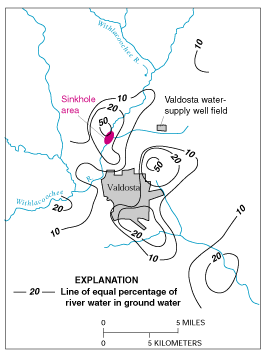Drilling under the Withlacoochee River could have catastrophic effects, a landowner near the Withlacoochee River in Hamilton County, Florida reminds us. Chris Mericle is also a WWALS board member.
Intervenor is a resident of Hamilton County, Florida and lives near the Proposed Sabal Trail Route where it crosses the Withlacoochee River. As such, I am concerned about the adverse and potentially catastrophic effects that the construction and operation of a 36” diameter gas pipeline will have on Fresh Water Resources including Springs and the Floridan Aquifer.
Here’s how you or your organization can file a motion to intervene.
Filed with FERC 22 December 2014 as Accession Number: 20141222-5037, “Motion to Intervene of Christopher J Mericle under CP15-17, et. al.” Continue reading










